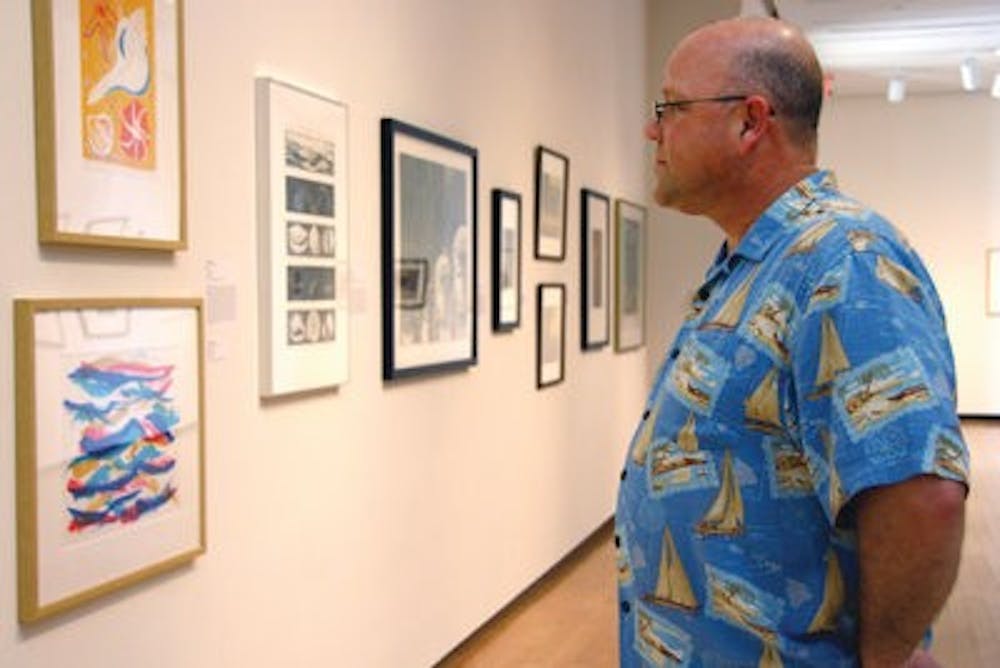The art exhibit of Edvard Munch, 19th- and 20th-century Norwegian artist famous for rendering human emotion through painting and print, ends April 30 at the Jule Collins Smith Museum of Fine Art.
"It's great to have such an important artist come," said Kathryn Floyd, art history professor. "It's a small show, but the works are excellent."
According to Colleen Bourdeau, marketing and events manager at JCSM, having these types of works on display in this region is rare.
"Munch, who lived from 1863 to 1944, remains among the most popular and most critically acclaimed artists of that period for his evocative depictions of universal human emotions and experiences--love, attraction, separation and death," said Dennis Harper, museum curator.
Munch's most famous painting "The Scream" created in 1893, depicts an anxious, overwhelmed man standing on a bridge surrounded by water, people and an orange and red sky.
The exhibit features several of Munch's other prominent works including "The Kiss," "The Dead Mother and Her Child" and "Melancholy III."
Floyd said not only are Munch's works historically important, but they are also beautiful, evocative and expressive.
"He's somebody that everybody knows, of course, for 'The Scream,' but he's actually a really important artist in a lot of different ways.
"He's an expert printmaker--his works capture these universal human themes like love or anxiety that are themes that resonate throughout the history of art, but they're also themes that are very modern."
According to Floyd, Munch influenced the expressionist movement in the early 20th century though he was a symbolist.
"He was incredibly important and groundbreaking, and he's also just very unique in that his style is very recognizable," Floyd said.
Bourdeau said people recognize Munch as an artist, and the exhibit has brought many visitors to the museum.
Harper and museum director Marilyn Laufer were instrumental in getting this exhibition to JCSM, Bourdeau said.
Admission is free to the public.
Do you like this story? The Plainsman doesn't accept money from tuition or student fees, and we don't charge a subscription fee. But you can donate to support The Plainsman.





